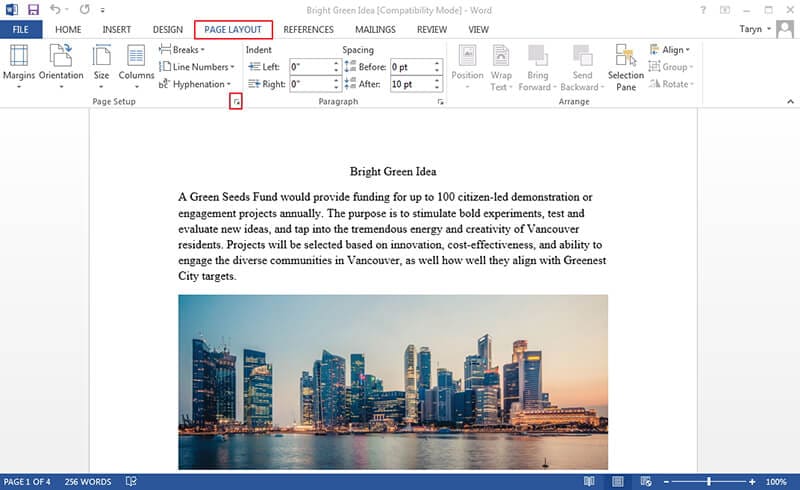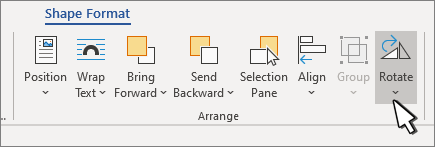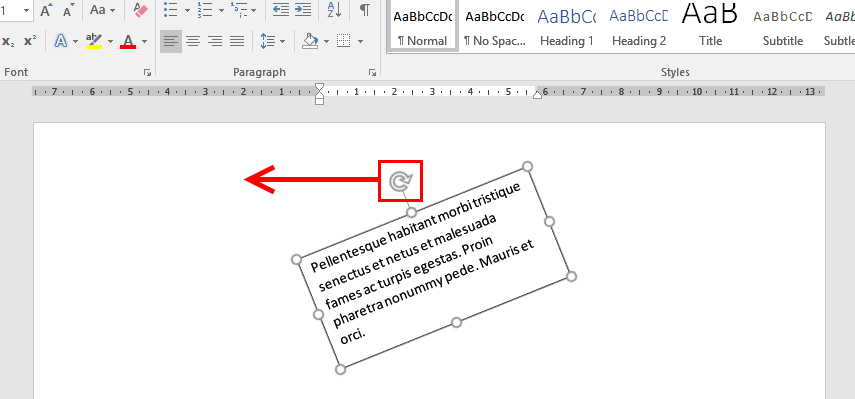
Unsourced material may be challenged and removed.

Please help improve this section by adding citations to reliable sources. Recent developments of tablet computers with Windows featured Microsoft's Surface line, which ran the Windows RT operating system, and later Windows 8.1 and x86 and ARM versions of Windows 10. Some manufacturers, however, still have shown prototypes of Windows CE-based tablets running a custom shell. Though Microsoft has Windows RT for ARM support it has kept its target market for the smartphone industry with Windows Phone 8. Many tablet manufacturers are moving to the ARM architecture with lighter operating systems, Microsoft followed suit in 2012 with Surface and Windows RT. This was relaunched in 2010 as Slate PC, to promote tablets running Windows 7 Slate PCs are expected to benefit from mobile hardware advances derived from the success of the netbooks. Following Tablet PC, Microsoft announced the UMPC initiative in 2006 which brought Windows tablets to a smaller, touch-centric configuration.

Tablets running Windows get the added functionality of using the touchscreen for mouse input, hand writing recognition, and gesture support. Today there is no tablet specific version of Windows but instead support is built into both Home and Business versions of Windows Vista and Windows 7. For specialized support for pen input, Microsoft released Windows XP Tablet PC Edition. Tablet PCs use the same hardware as normal laptops but add support for pen input. According to a 2001 Microsoft definition of the term, "Microsoft Tablet PCs" are pen-based, fully functional x86 PCs with handwriting and voice recognition functionality.

įollowing Windows for Pen Computing, Microsoft has been developing for tablets running Windows under the Microsoft Tablet PC name. The Tablet PC with Windows XP released in 2001 had 128 megabytes of RAM and a 600 megahertz processor, with a storage capacity of 10GB.

After releasing Windows XP Tablet PC Edition, Microsoft designed the successive desktop computer versions of Windows, Windows Vista and Windows 7, to support pen computing intrinsically. This version of Microsoft Windows superseded Microsoft's earlier pen computing operating environment, Windows for Pen Computing 2.0. This generation of Microsoft Tablet PCs were designed to run Windows XP Tablet PC Edition, the Tablet PC version of Windows XP. In 2003, original equipment manufacturers released the first tablet PCs designed to the Microsoft Tablet PC specification.


 0 kommentar(er)
0 kommentar(er)
